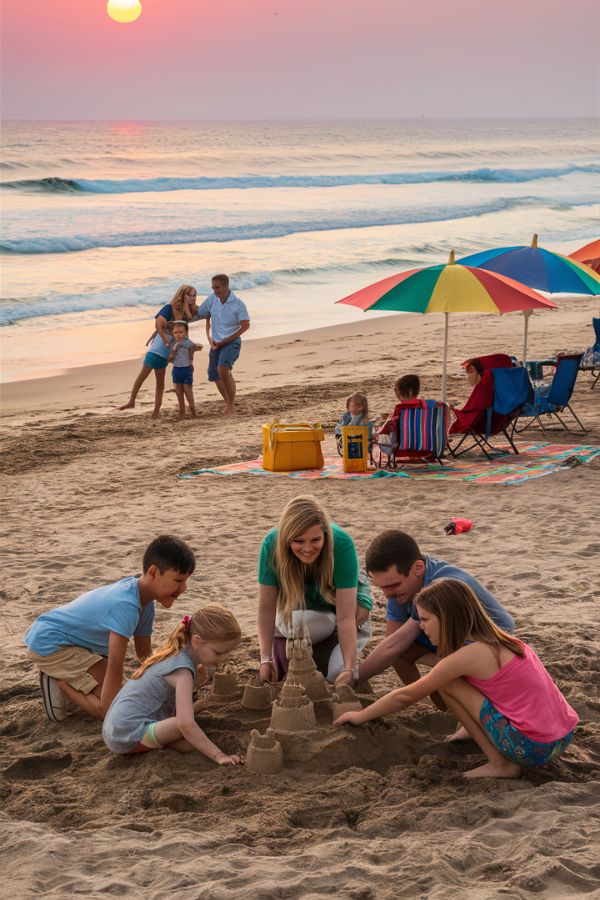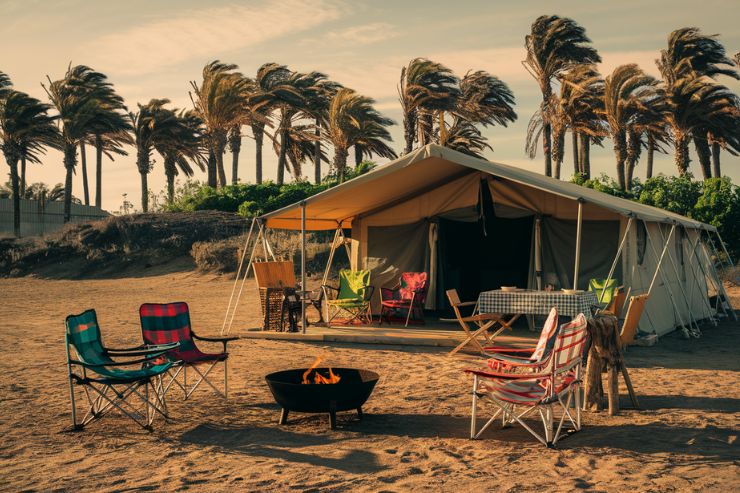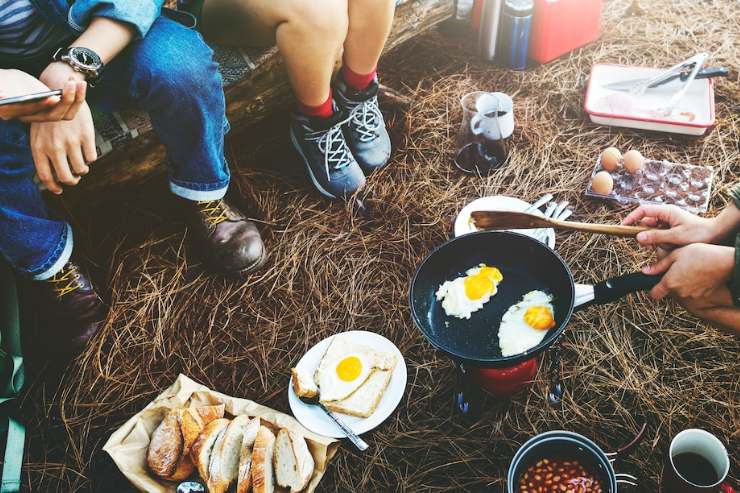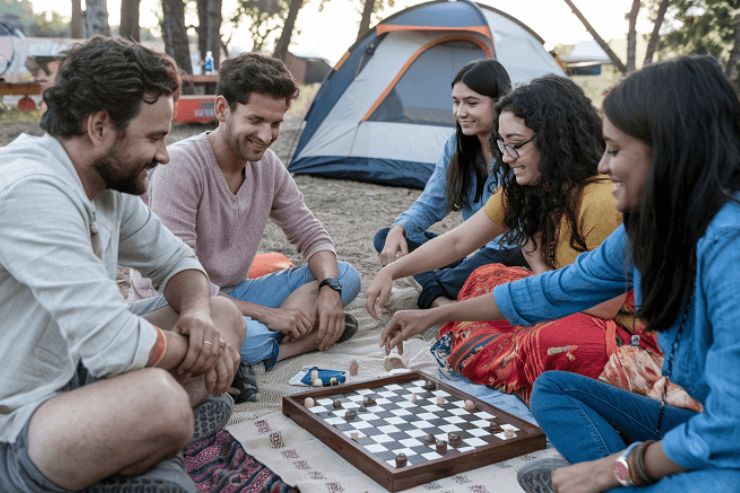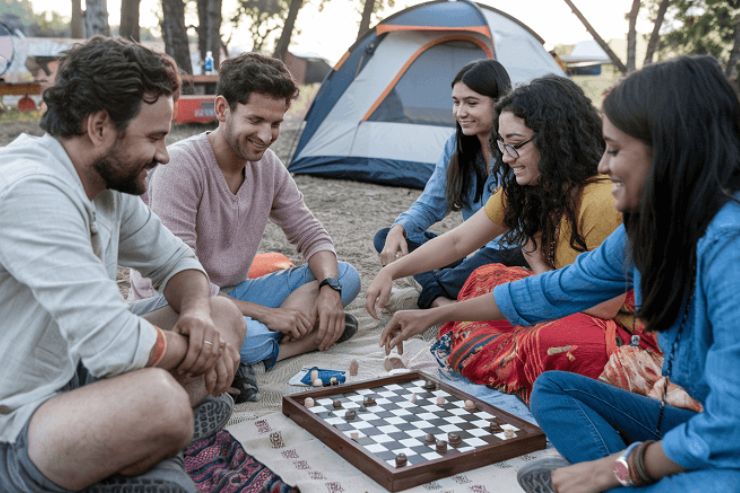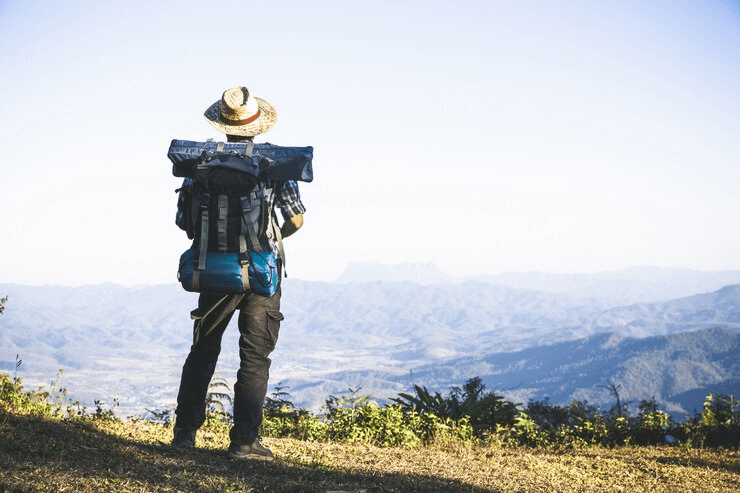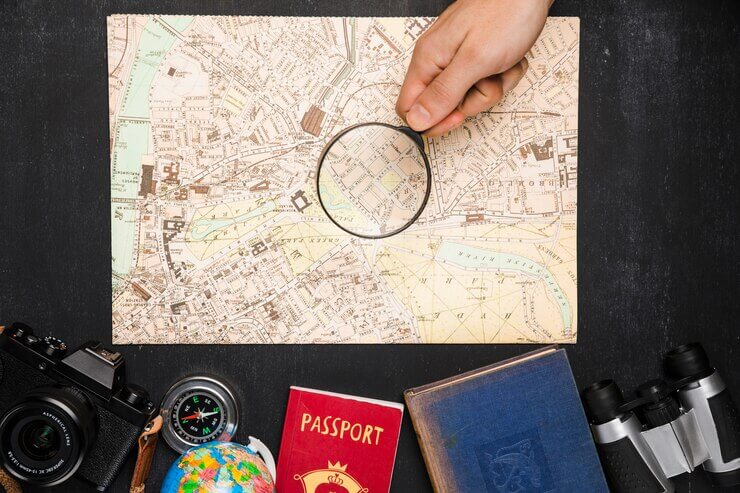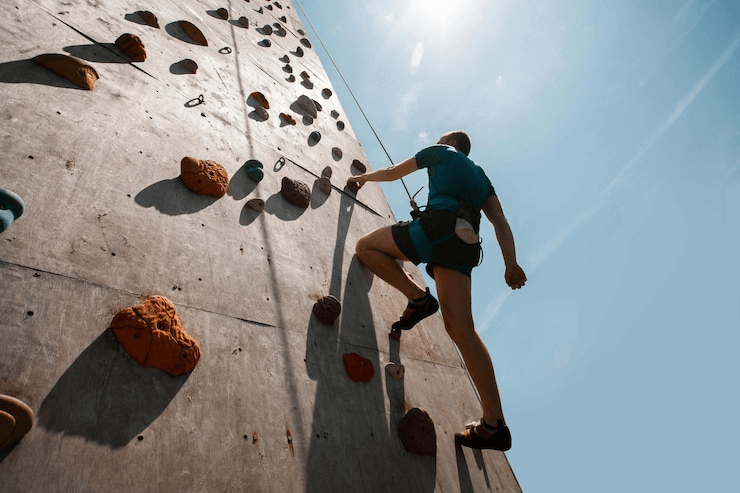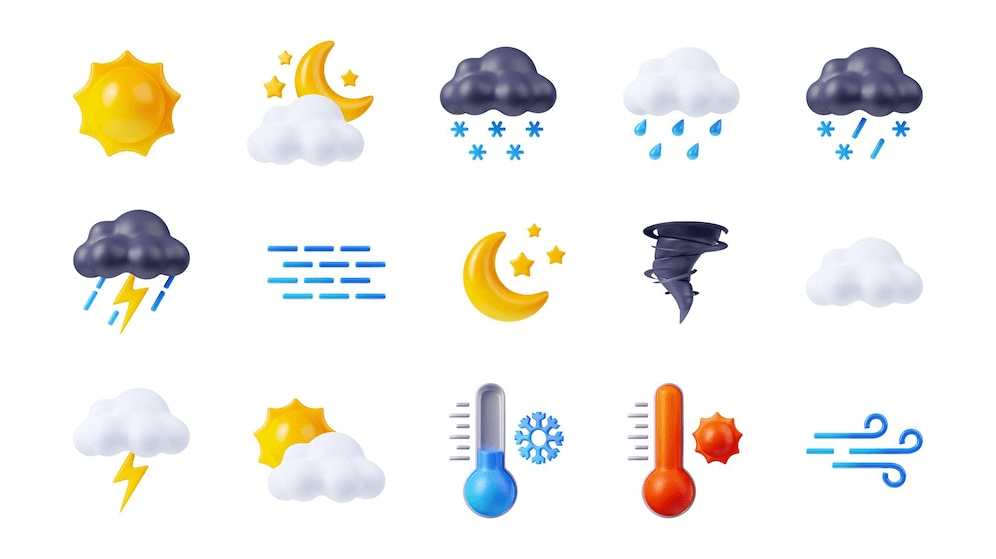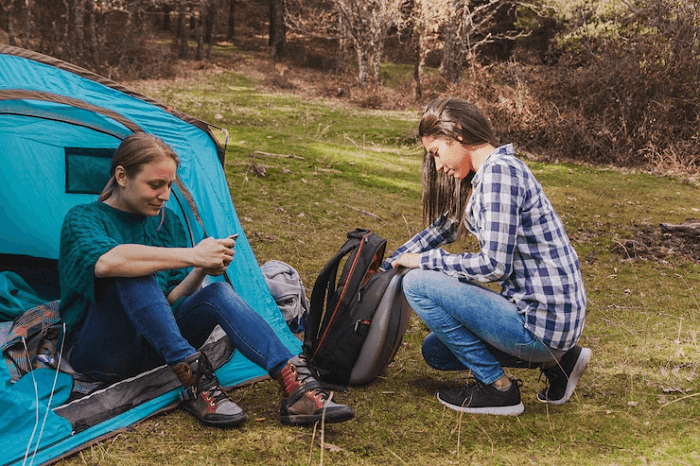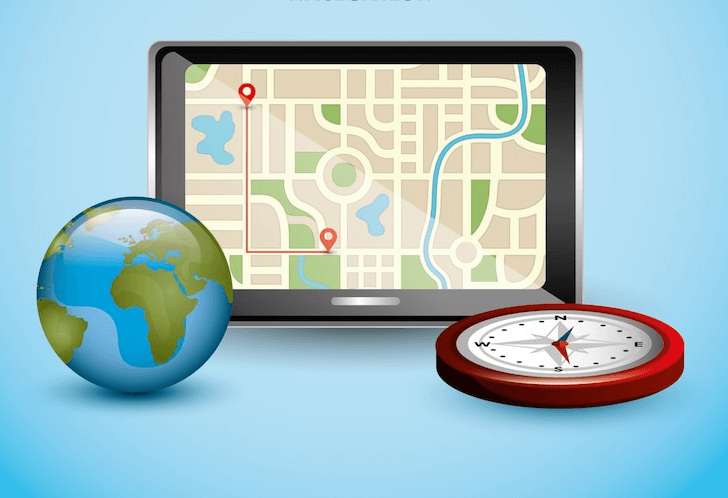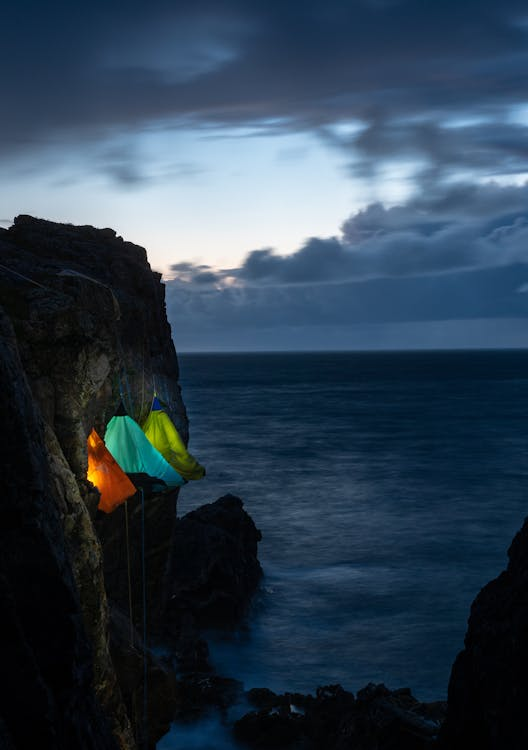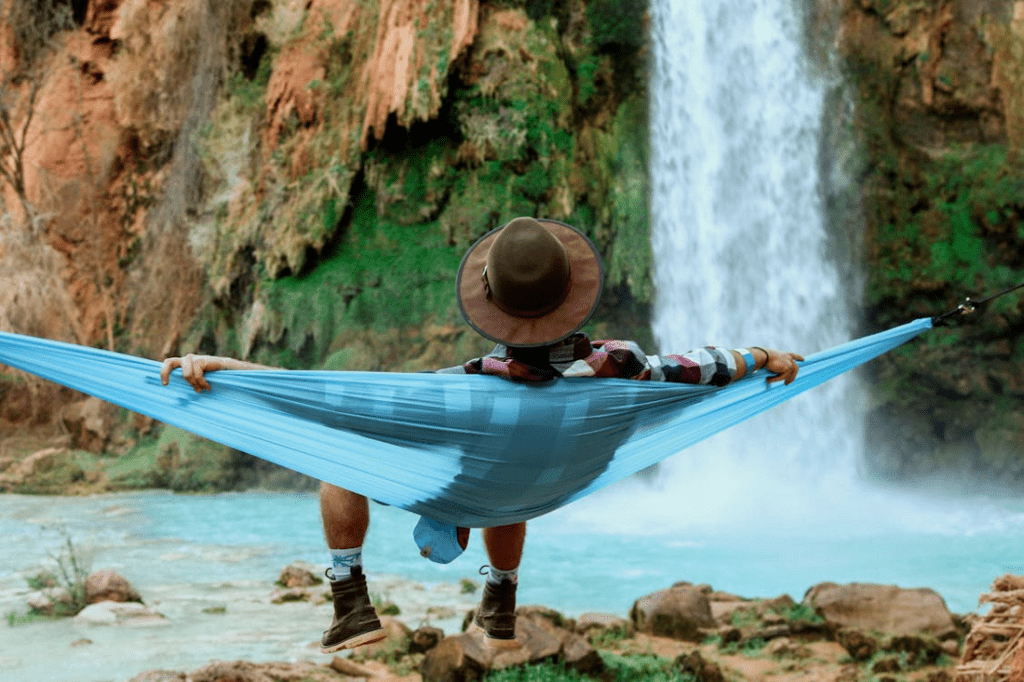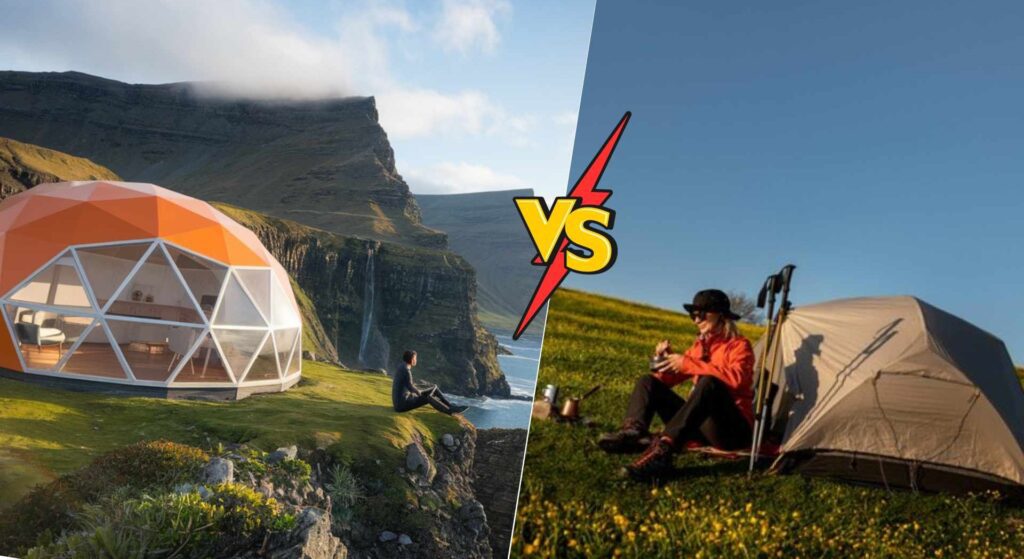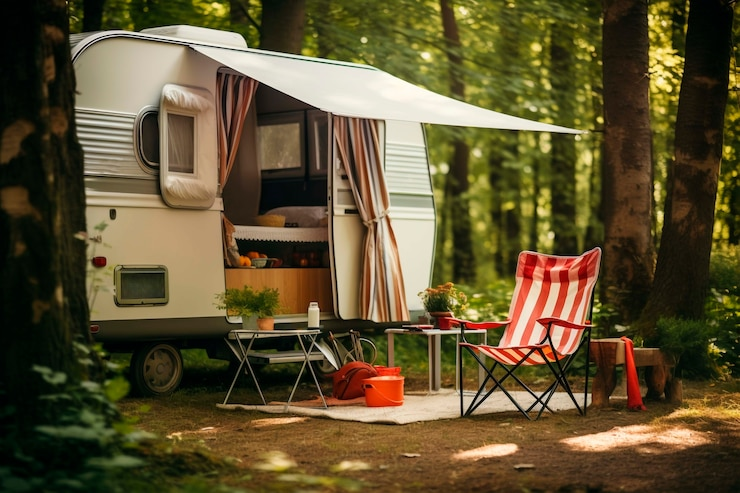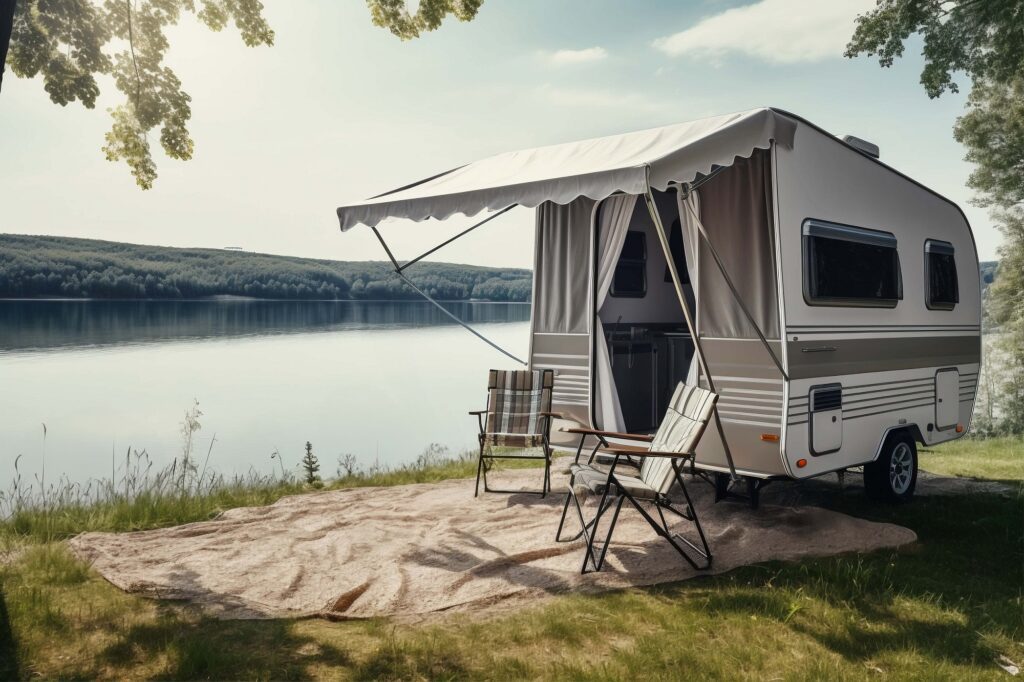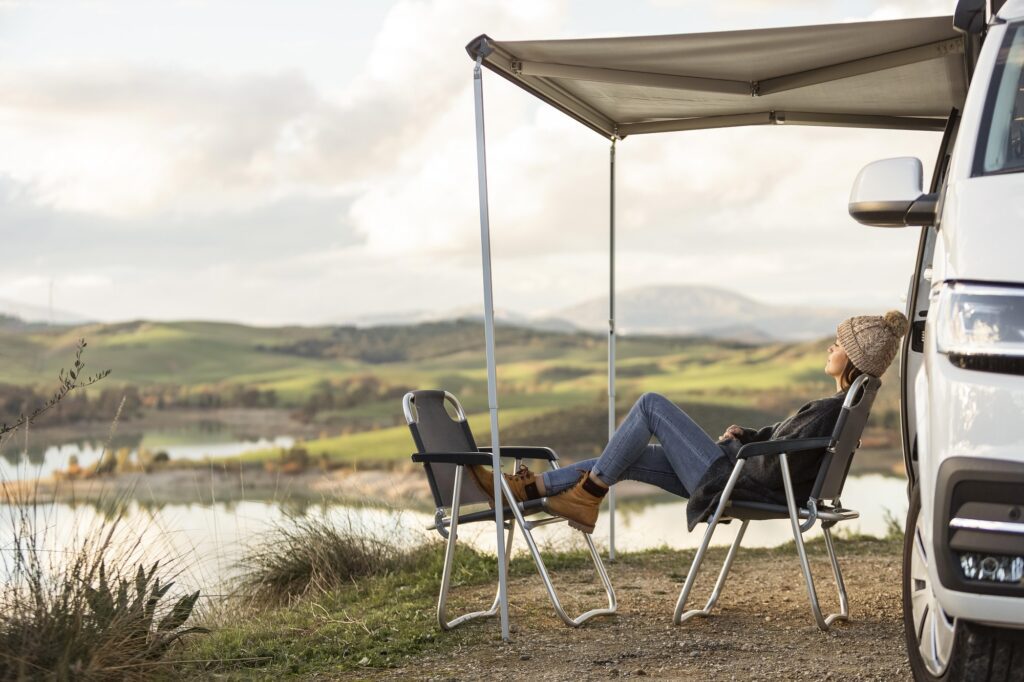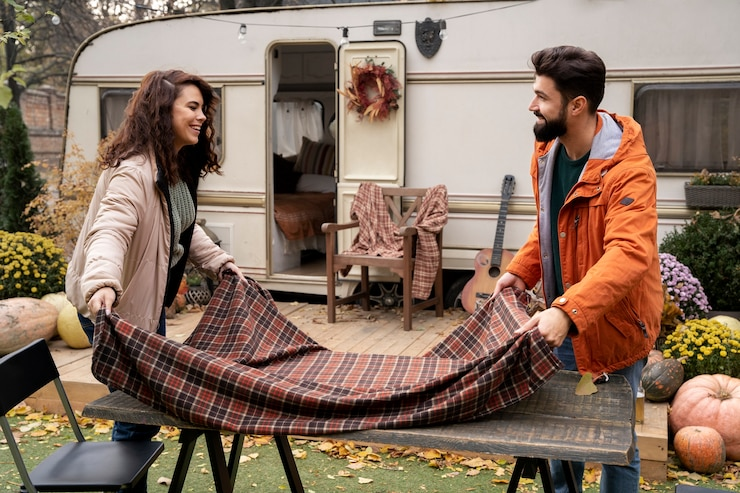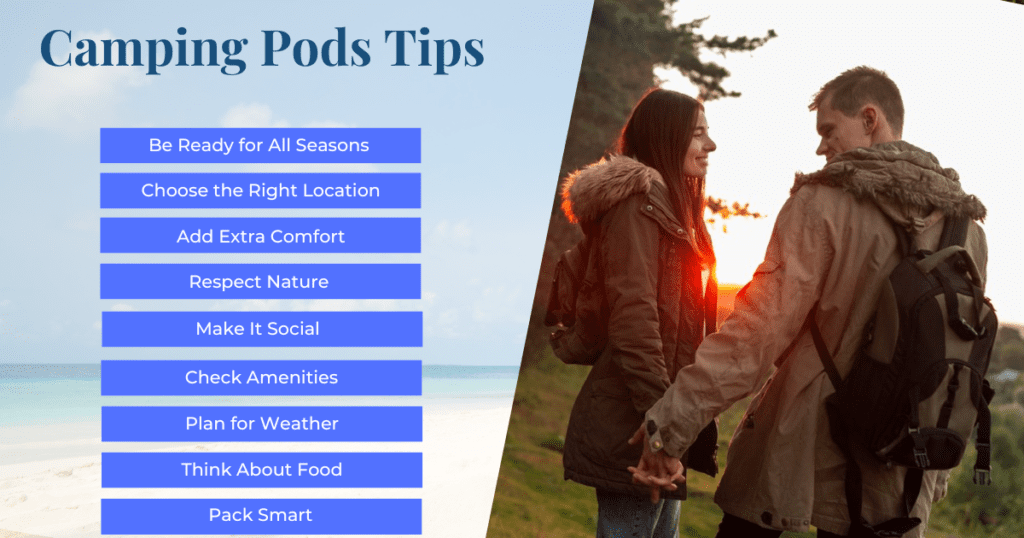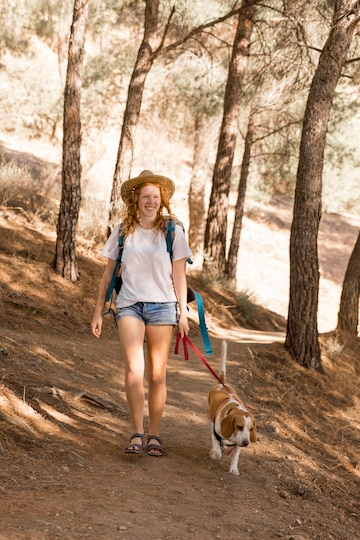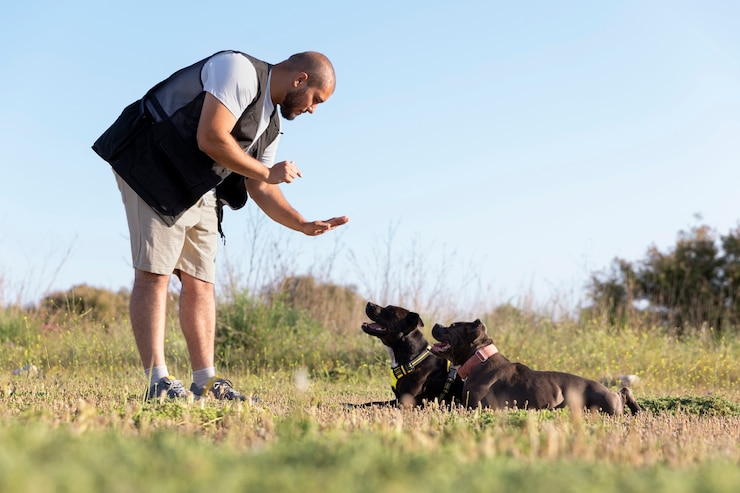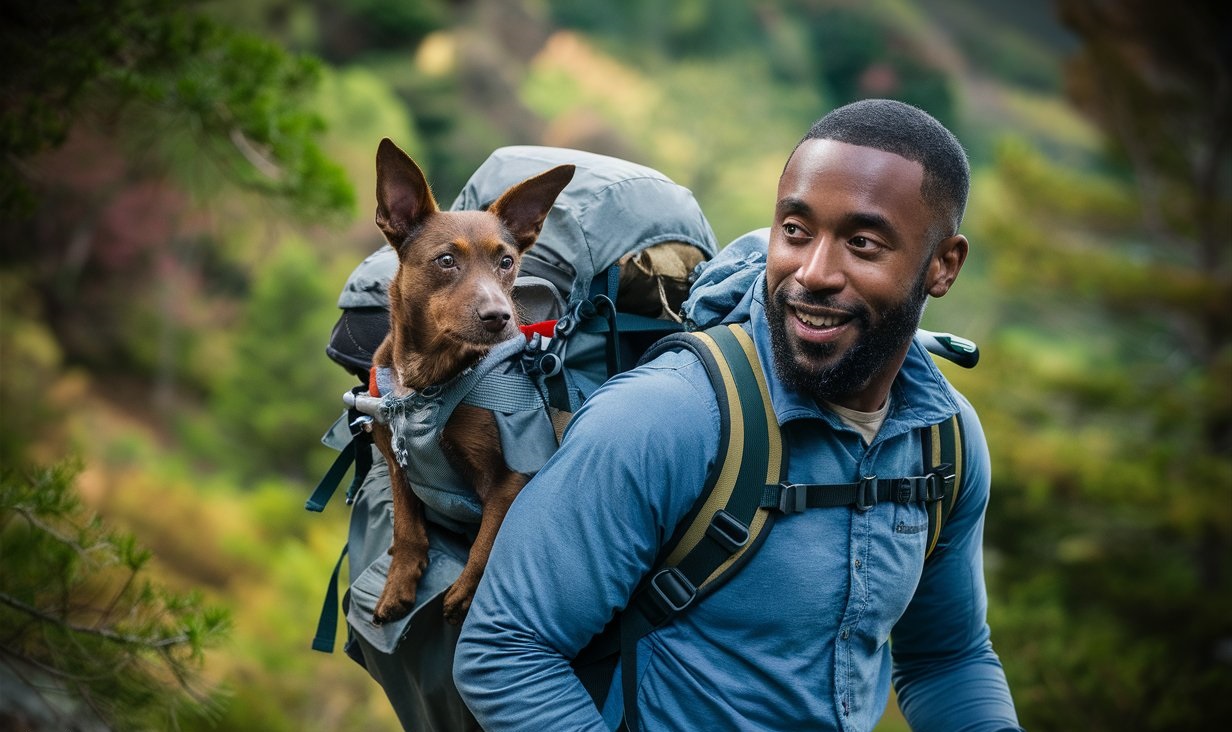Best Hiking in Cold Spring: Discover the Beauty of Nature
Ahad
/ October 17, 2024
Cold Spring, NY, is a quaint village along the Hudson River, making it an ideal nature getaway paired with hiking. With scenic views, diverse trails, and a serene environment, it’s no wonder Cold Spring has become a favorite destination for fresh-air enthusiasts. Whether planning a visit, this guide will help you discover the best hiking spots and other things to do in Cold Spring to make your trip memorable.

1. Best Hiking in Cold Spring
Cold Spring offers some of the best hiking trails in New York. Whether you’re an experienced hiker or just starting out, there’s a trail for you. The beautiful views and natural beauty of the Hudson Highlands make it one of the top places to hike in the state.
Breakneck Ridge: Challenging Adventure
Breakneck Ridge is the most famous and challenging hike in Cold Spring. Though steep, the dramatic view of the Hudson River and surrounding mountains is well worth it. Perfect for adrenaline seekers, this tough hike starts at Breakneck Ridge Trailhead, a short drive from the village. While demanding physical fitness, the summit rewards you with stunning views.
Bull Hill (Mt. Taurus): A Scenic Hike
For a more moderately paced hike, Bull Hill, also called Mt. Taurus, offers less aggressive terrain but equally breathtaking views. Its wooded areas lead to spectacular vantage points of the Hudson River and village below, perfect for a peaceful hike surrounded by nature.
Little Stony Point: A Quick and Sweet Hike
Ideal for families or those seeking a quick, easy walk, Little Stony Point near the Cold Spring trailhead provides beautiful Hudson River views with minimal effort. It’s a perfect spot for a picnic or a leisurely stroll by the water.
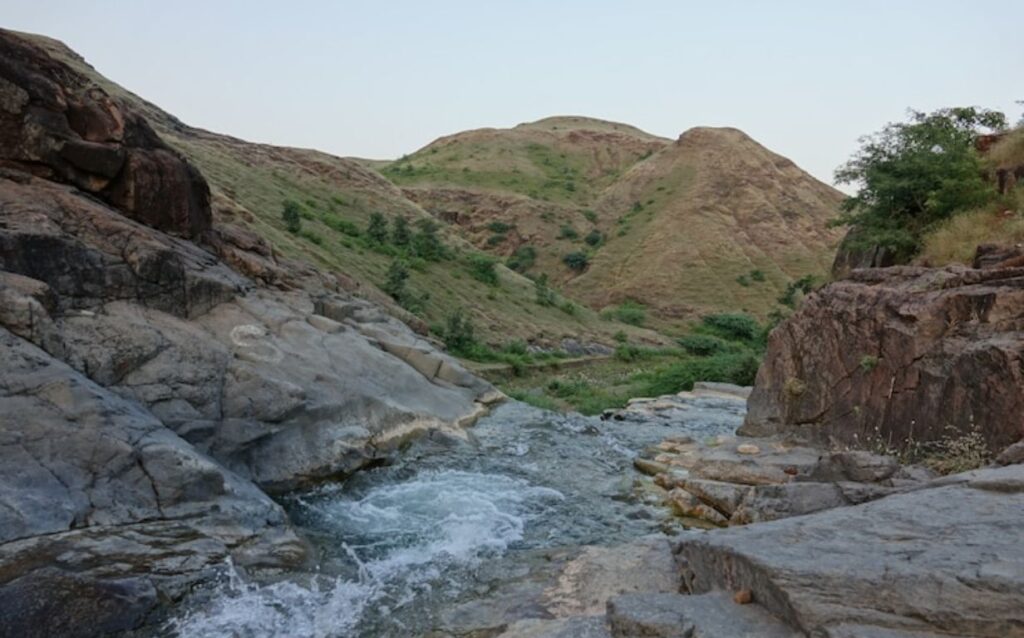
2. Cold Spring Hiking Trails for All Kinds of Hikers
Cold Spring offers trails ranging from easy to challenging, ensuring everyone can enjoy the area’s beauty. Whether an advanced hiker or a beginner, Cold Spring’s trails have something for everyone.
History Hike: Cornish Estate Trail
If history intrigues you, the Cornish Estate Trail is a must-do. This easy trail passes the ruins of Cornish Estate, a luxurious mansion destroyed by fire in the 1950s. Surrounded by greenery, the ruins add a mysterious charm to the hike.
Hudson Highlands State Park: Options Galore
Hudson Highlands State Park offers trails for all skill levels, from the challenging Breakneck Ridge to the leisurely Little Stony Point. Many Cold Spring trails are part of this expansive park, providing plenty of options.
3. Cold Springs Trailhead: The Gateway to Adventure
The Cold Springs Trailhead is a common starting point for many popular hikes like Bull Hill and Breakneck Ridge. Easily accessible and providing parking, it’s a convenient spot to begin your outdoor adventure.

4. What to Do in Cold Spring Besides Hiking
While hiking is a major attraction, other activities make Cold Spring a great destination.
Explore the Village
After hiking, explore Cold Spring’s charming village with its historic buildings, quirky shops, and riverside views. Enjoy coffee or lunch at a local cafe and relax.
Boscobel House and Gardens
For history lovers, Boscobel House and Gardens offer a glimpse into the 19th century, featuring beautiful gardens and Hudson River views.
Take a Scenic Hudson River Cruise
For a relaxing way to experience the beauty of the Hudson Valley, take a river cruise for stunning river and mountain views.
5. Cold Spring, NY: Best Things to Do
Cold Spring also provides various activities, from outdoor adventures to historical tours.
Antique Shopping
Cold Spring is famous for its antique shops, offering unique treasures and vintage items. Spend an afternoon browsing along Main Street.
Picnicking by the River
Enjoy a casual picnic by the Hudson River, an excellent spot for a relaxed afternoon surrounded by natural beauty.

Conclusion
Cold Spring, NY, is a hidden gem for hikers and nature lovers. From challenging Breakneck Ridge to serene Little Stony Point, there’s a trail for everyone. Beyond hiking, the village blends history and culture with relaxation, making it a perfect weekend escape. So, grab your boots, map, and explore the best hiking in Cold Spring!
Frequently Asked Questions
Little Stony Point is a short, easy trail with lovely Hudson River views.
Little Stony Point is a short, easy trail with lovely Hudson River views.
Explore the village, visit Boscobel House and Gardens, shop for antiques, or enjoy a scenic Hudson River cruise.
The Cold Springs Trailhead offers parking for hikes like Bull Hill and Breakneck Ridge.
Yes, trails like Little Stony Point and Cornish Estate are easy and ideal for beginners.





